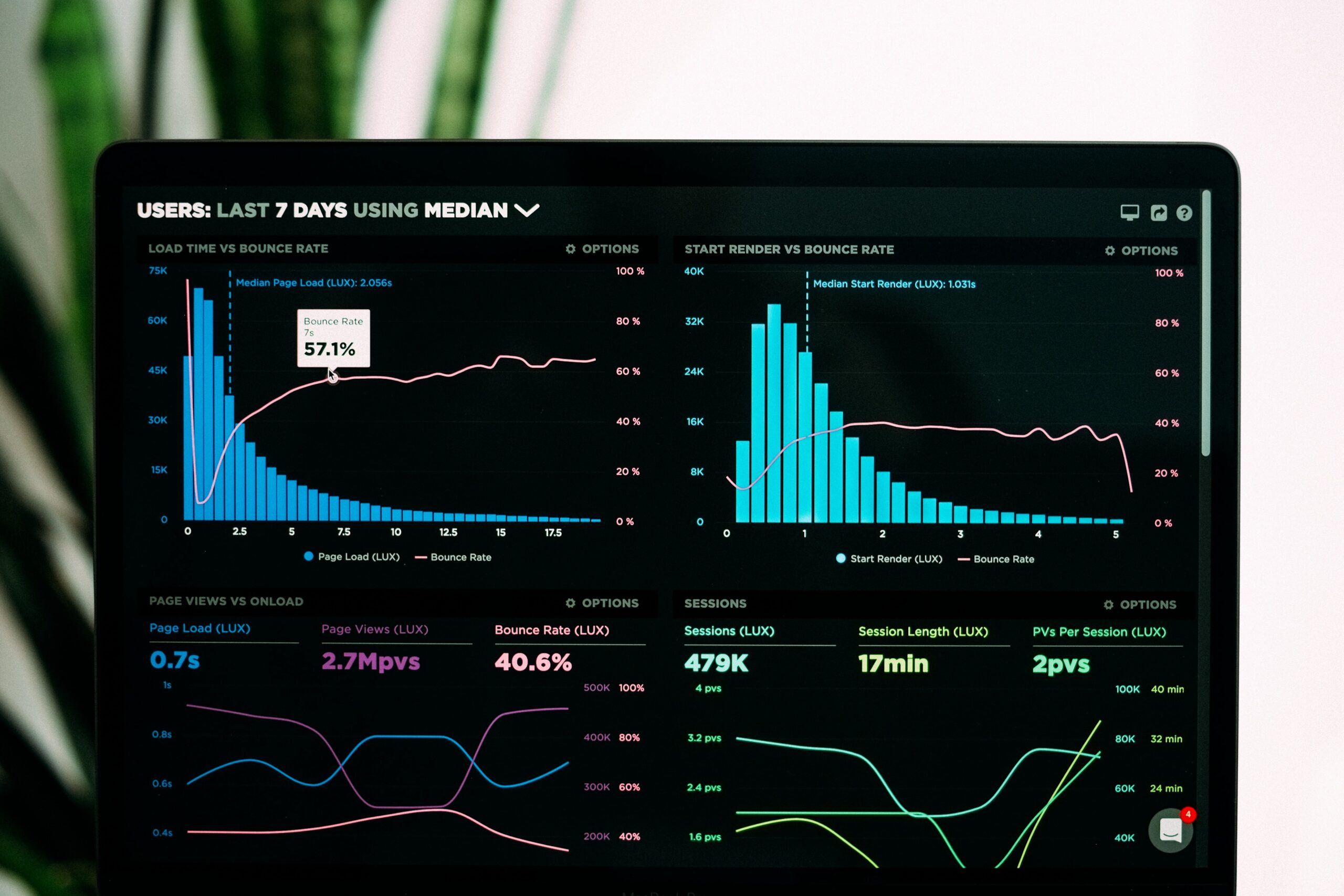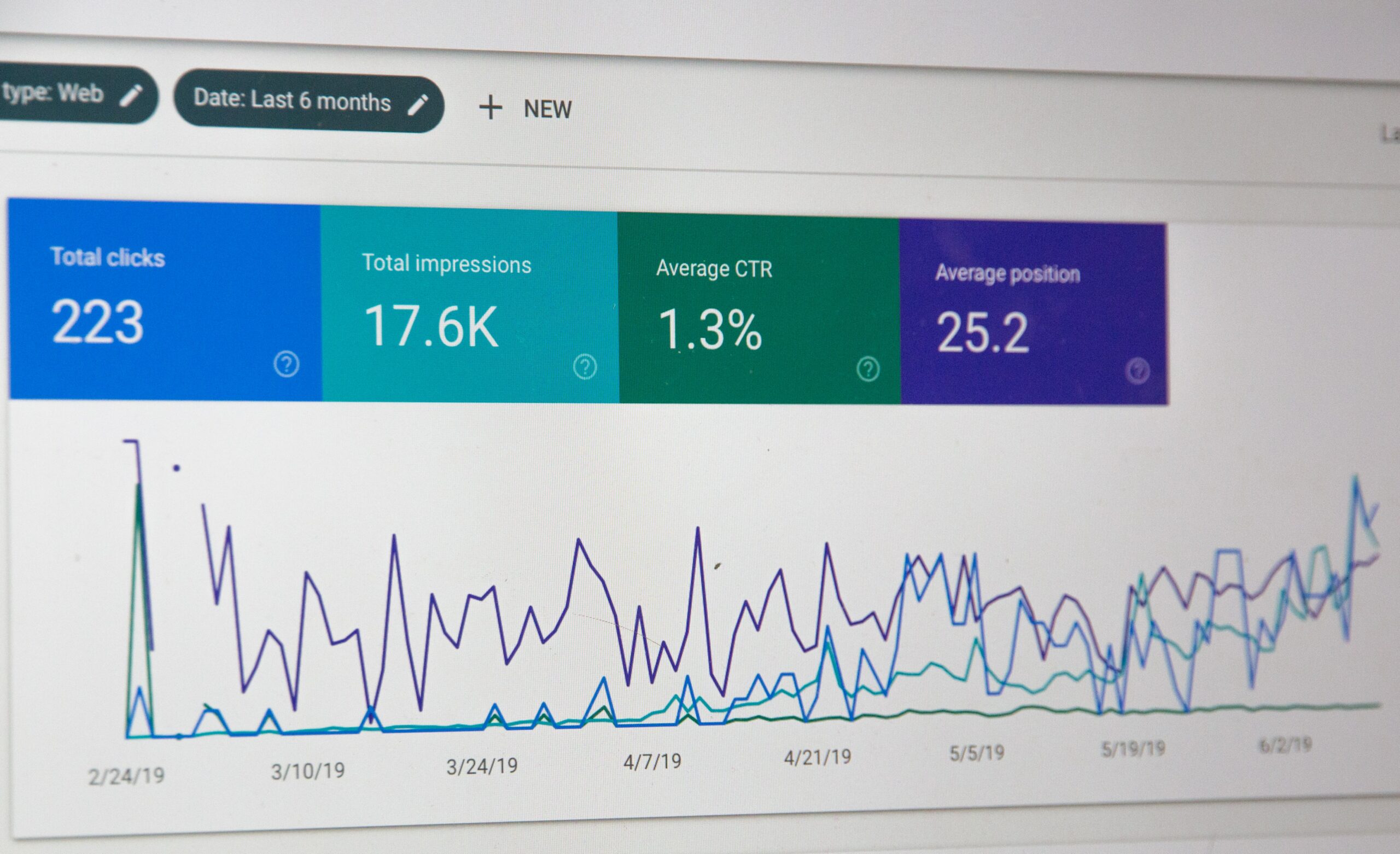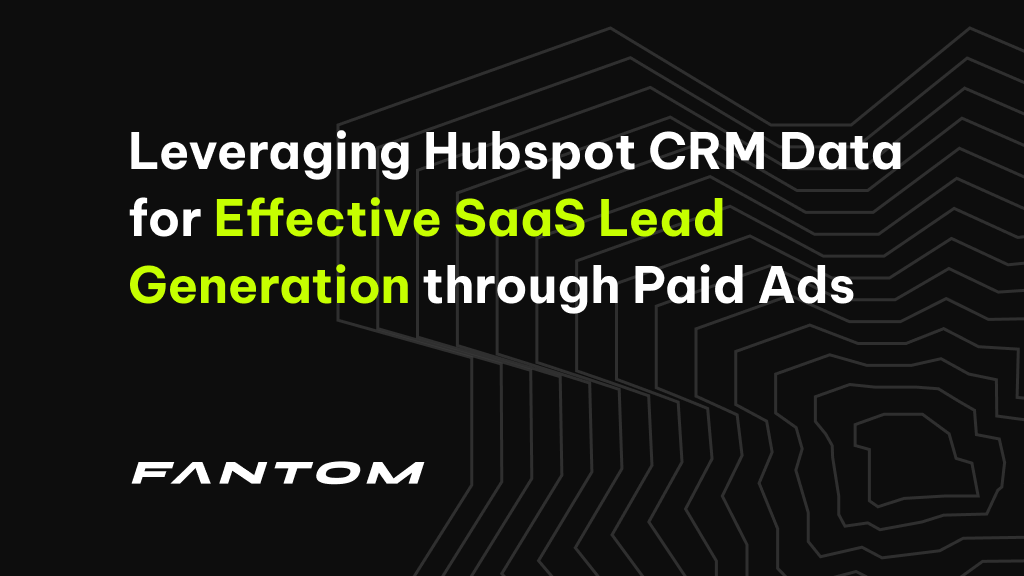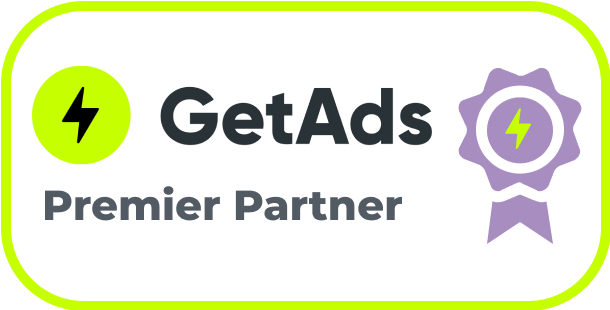As a SaaS business, lead generation is critical to your growth and success. You need a steady stream of qualified leads to increase your revenue and expand your customer base.
However, generating leads can be a challenge, especially when you are competing with numerous other businesses for the attention of potential customers.
Luckily, HubSpot CRM can help you leverage your paid advertising for effective SaaS lead generation. In this blog post, we’ll explore how you can use HubSpot CRM data to optimize your paid ads and drive the best results possible.

Step 1: Segment Your Leads Using HubSpot CRM
Effective SaaS lead generation starts with targeting the right people. With HubSpot CRM’s advanced segmentation tools, you can categorize your leads based on various criteria like job title, industry, and company size. Segmentation allows you to create highly targeted ads that speak directly to unique needs and pain points.
By segmenting your leads, you can tailor your message to specific customer groups, leading to higher conversion rates and more qualified leads. For instance, if you’re targeting small businesses, you might create ads that focus on affordability and ease of use.
On the other hand, if your target audience is enterprise-level customers, you might emphasize the scalability and customization of your product.
Segmentation also enables you to prioritize leads based on their potential value to your business. With HubSpot CRM, you can assign lead scores based on their behavior and characteristics, allowing you to focus your attention on the most qualified leads.
In addition, HubSpot CRM’s segmentation tools make it easy to automate your marketing campaigns. You can set up workflows that automatically send targeted emails or notifications to specific segments of your audience, saving time and ensuring that you’re reaching the right people with the right message.
Step 2: Track Lead Behavior with HubSpot CRM
Tracking lead behavior is crucial for effective SaaS lead generation. With HubSpot CRM, you can monitor which pages on your website leads are visiting, which emails they’re opening, and which content they’re downloading.
This information is invaluable for gaining insights into what motivates your customers and what they’re interested in.
By analyzing this data, you can create ads that are highly relevant and personalized to each individual. For example, if you notice that a lead has spent a significant amount of time on your pricing page but hasn’t yet signed up for your service, you could create an ad that offers a discount or other incentive to encourage them to take the next step.
Tracking lead behavior also allows you to identify potential roadblocks in your sales funnel. For instance, if you notice that leads are dropping off at a stage in the process, you can create ads that address those specific pain points and encourage them to continue down the funnel.
Moreover, tracking lead behavior with HubSpot CRM can help you improve your Lead Nurturing efforts. You can use the data to create personalized follow-up emails and content that address each lead’s specific needs and interests.

Step 3: Create Custom Audiences Using HubSpot CRM
Custom audiences are an effective way to target specific groups of people based on their behavior and interests.
With HubSpot CRM, you can create custom audiences for your paid ads, which allows you to tailor your messaging and offers to each group. By doing so, you increase the likelihood that your ads will resonate with your audience, leading to higher click-through rates, conversion rates, and more revenue.
To create custom audiences in HubSpot CRM, start by selecting the “Contacts” tab and clicking on “Lists.” From there, you can create a new list and define the criteria for your custom audience. You can segment your audience based on different factors, including behavior, interests, demographics, and firmographics.
For example, to create an audience of people who have visited your pricing page but haven’t yet signed up for your service, you can set the criteria to include people who have been on your pricing page but have not yet become customers.
You can then create ads offering a discount or other incentives to encourage them to sign up.
Similarly, to create an audience of customers who have already signed up – but haven’t yet upgraded to a higher pricing tier, you can set the criteria to include customers who have signed up for your service but are not yet using the higher category.
You can then create ads that emphasize the benefits of upgrading, such as increased storage capacity or additional features.
By creating custom audiences in HubSpot CRM, you can ensure that your ads are highly targeted and relevant to each group, increasing the likelihood that they will convert and become customers.
Another benefit of using Hubspot CRM to create audiences to push to ad platforms is that you don’t have to constantly download CSV files of contacts and manually upload them to your ad platforms. With Hubspot’s native integrations with Google Ads, Meta Ads (formerly Facebook), and LinkedIn Ads, you can create an audience once and have it automatically sent to the ad platforms, including new contacts that fit the criteria of the audience.
Step 4: Measure Ad Performance with HubSpot CRM
Measuring the performance of your ads is critical to optimizing them for maximum effectiveness. HubSpot CRM offers a variety of metrics to help you track the success of your ads, such as click-through rates, conversion rates, and cost per conversion. By analyzing this data, you can identify which ads are working and which are not performing, and make adjustments accordingly.
Not only that, but you can also create and sync conversion events inside Hubspot and send them over to your ad platforms. For example, perhaps tracking just “leads” is not ideal, but maybe you want to track MQLs (Marketing Qualified Leads), SQLs (Sales Qualified Leads), and Opportunities as well as Customers created. You can also send these types of events as conversions to your desired ad platforms (natively) and track those, this gives you additional insights into which campaigns/ad groups/ads are driving higher-quality leads than others, further assisting you with your campaign optimization so you’re getting the highest return from your advertising dollars.
To measure ad performance in HubSpot CRM, start by selecting the “Marketing” tab and clicking on “Ads.” From there, you can view your ad campaigns and see metrics such as impressions, clicks, and conversions. You can also view the cost per click and the cost per conversion, which can help you determine the ROI of your ad campaigns.
If you notice that a particular ad has a high click-through rate but a low conversion rate, you might need to adjust the messaging or the landing page to better align with the expectations of your audience. Alternatively, if you notice that a particular ad campaign is not performing well, you might need to adjust your targeting or your offer to better resonate with your audience.

Conclusion
Leveraging HubSpot CRM data for effective SaaS lead generation through paid ads is a powerful strategy for growing your business. By segmenting your leads, tracking their behavior, creating custom audiences, and measuring ad performance, you can craft highly targeted, personalized ads that speak directly to your customer needs.
By doing so, you’ll generate more leads, drive more revenue, and establish your business as a leader in the SaaS industry.







